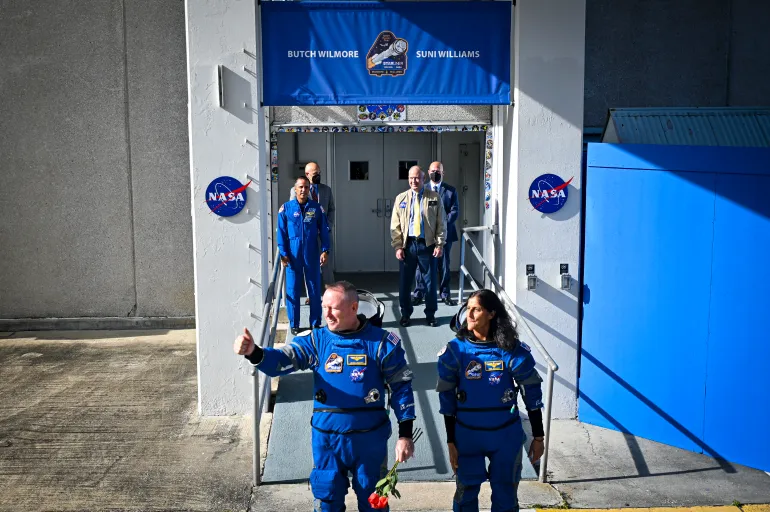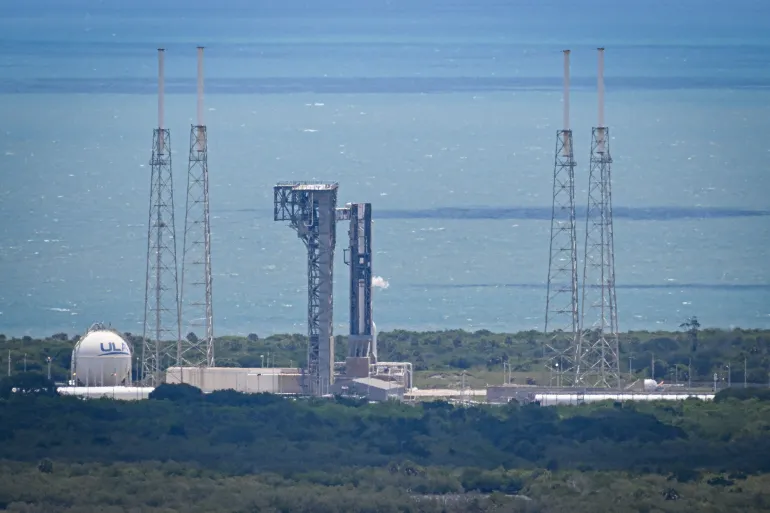Unexpected Delay for Starliner Launch
Boeing has announced a delay in the launch of its Starliner space capsule, postponing the mission by at least 24 hours. This highly anticipated launch is a critical test for Boeing as it seeks to demonstrate the spacecraft’s capabilities and reliability for future missions. In this blog, we will explore the reasons behind the delay of Boeing’s Space Capsule, its implications for the mission, and what to expect next.
Reasons for the Boeing’s Space Capsule Delay: Safety and Precision
Firstly, delays in space missions, while disappointing, are not uncommon. They often occur to ensure the utmost safety and success of the mission. Boeing’s decision to delay the Starliner launch by 24 hours is based on the need to address specific technical issues that were identified during pre-launch preparations.
The primary reason for the delay is a concern related to the spacecraft’s propulsion system. Engineers detected an anomaly that required further investigation to ensure it would not impact the mission. Safety is paramount in space exploration, and taking the extra time to resolve these issues can prevent more significant problems during the mission.
Additionally, weather conditions play a critical role in determining the optimal launch window. Unfavorable weather can pose risks to both the launch vehicle and the payload. Ensuring that all conditions are ideal for launch helps maximize the chances of a successful mission.
Implications for the Mission of Boeing’s Space Capsule: A Brief Setback
The delay of the Starliner launch, while a setback, does not significantly impact the overall mission objectives. The primary goal of this mission is to conduct an uncrewed test flight to the International Space Station (ISS) and return safely to Earth. This test is crucial for validating the Starliner’s systems and capabilities before it can carry astronauts.
Here are some key implications of the delay:
Safety Assurance:
Addressing the technical issues before launch ensures that the spacecraft operates as expected, prioritizing the safety of future crewed missions.
Mission Timeline:
While the delay pushes back the launch schedule, it does not necessarily affect the broader timeline for Starliner’s development and deployment. NASA and Boeing have built flexibility into their schedules to accommodate such delays.
Data Collection:
The delay allows engineers to gather more data and conduct additional tests, which can contribute to a more comprehensive understanding of the spacecraft’s performance.
Public and Stakeholder Confidence:
Although delays can lead to frustration, they also demonstrate Boeing’s commitment to thoroughness and safety, which can ultimately build confidence among stakeholders and the public.

What to Expect Next: Monitoring and Updates
As Boeing addresses the issues that led to the delay, the following steps will be closely monitored by both the company and NASA:
Technical Resolutions:
Engineers will work to resolve the propulsion system anomaly and conduct thorough checks to ensure all systems are functioning correctly. This process includes running simulations and performing hardware inspections.
Weather Assessments:
Meteorologists will continue to monitor weather conditions to identify the next optimal launch window. Weather briefings will be conducted regularly to inform decision-making.
Communication:
Boeing and NASA will provide regular updates to the public and stakeholders regarding the status of the launch preparations. Transparency in communication helps manage expectations and keeps everyone informed.
Rescheduled Launch:
Once all technical and weather-related issues are resolved, a new launch date and time will be set. The rescheduled launch will undergo the same rigorous review process to ensure readiness.
Patience and Precision in Space Exploration
The delay of Boeing’s Space Capsule launch by at least 24 hours underscores the complexities and challenges of space exploration. Ensuring the safety and success of the mission takes precedence over adhering to the original schedule. By addressing technical issues and waiting for optimal conditions, Boeing and NASA are taking the necessary steps to safeguard future missions and build a reliable pathway for human spaceflight.
As we await the rescheduled launch, it’s important to remember that patience and precision are key elements in the success of space missions. The Starliner’s journey to the ISS, even with delays, represents a significant milestone in advancing human space exploration. Stay tuned for updates and prepare to witness another remarkable chapter in space travel.
Inspired by Al Jazeera News and read more articles here or read previous articles here.
